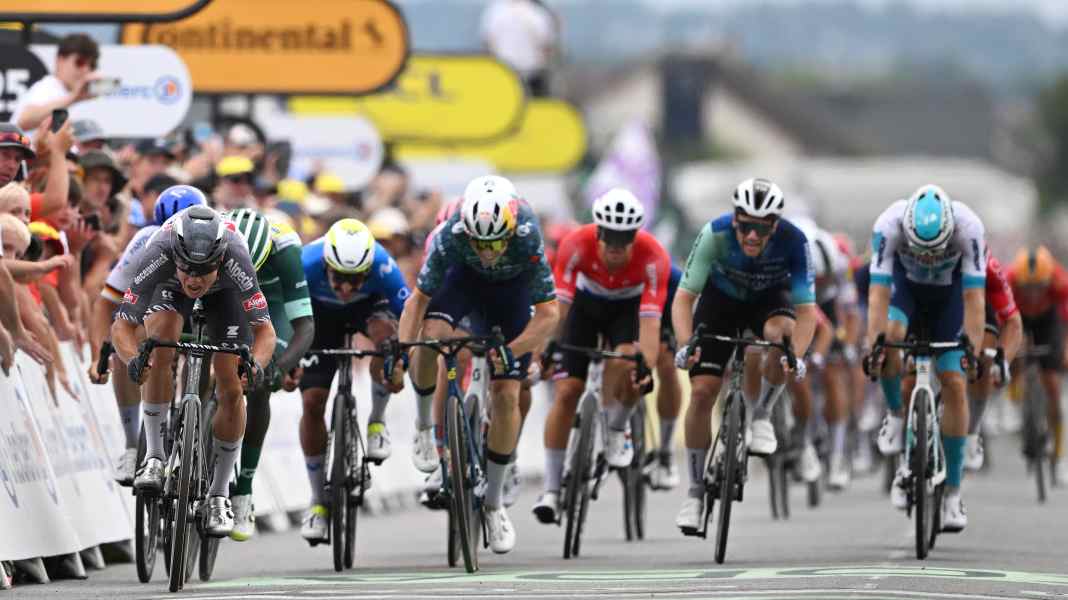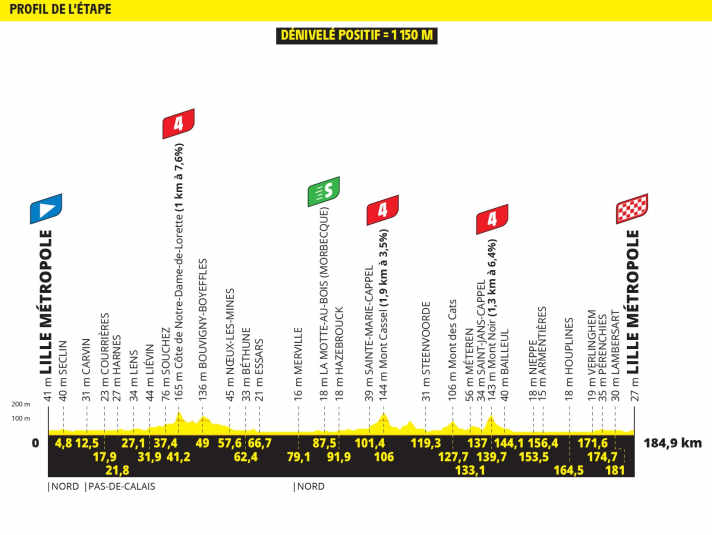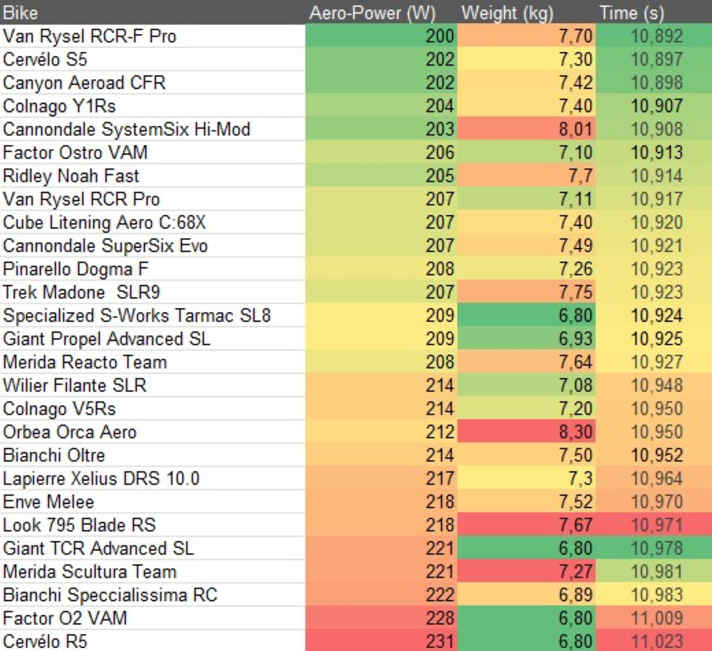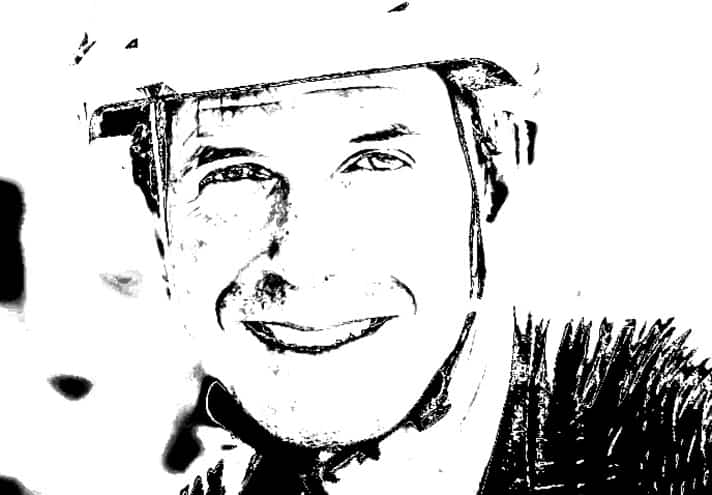
Tour de France 2025 - Stage 1: Lille - Lille | 184.9 Kilometers

The Tour de France kicks off in classic fashion, taking place exclusively on French roads. The start covers 185 mostly flat kilometers to and from Lille. The expected finish is a mass sprint. The last mountain classification of the day is a fourth category climb located 45 kilometers before the finish. With fresh legs, the sprinters will probably power up Mont Noir (1.3 km, 6,4 %) in the big ring. And if one of them does get dropped, there will be plenty of time to catch up again with the help of the team.
As always, everyone is highly motivated at the start, which leads directly to the biggest unknown of the day, namely the risk of crashes. The roads are narrow, everyone wants to ride at the front, everyone wants to win something, and the GC contenders at least don't want to lose anything. This is the setting for high speeds and even more nervousness. Given these conditions, it is unlikely that a group will break away. It is almost impossible that they will succeed. The most likely unpleasant scenario is that a major crash could tear the field apart and influence the outcome of the race.
What does that mean for the bike choice? And what is the starting position for the equipment in this Tour de France? This briefing will focus on bike technology and the interactions between equipment, route, and tactics.
The comeback of the aero bikes
Last year, it looked as though designers were increasingly trying to build bikes that would spare riders the agony of choosing which bike might be best for a particular stage. All-round racing machines such as the Specialized Tarmac SL8 are representative of this type of bike. Very light, aerodynamically efficient, but not as streamlined as the world's fastest aerodynamic bikes. The advantage of the single-bike strategy: less deliberation, less effort (and cost), easier maintenance, and consistent riding characteristics.
However, not all developers were convinced by the slight lack of top performance in all-round bikes. Jean-Paul Ballard, aerodynamics expert at Swissside with a background in F1 and consultant to the Decathlon AG2R La Mondiale team, argues that aerodynamics are the deciding factor in many riding situations. Anyone who followed our briefing last year will have read that the most aerodynamic bikes usually came out on top in the simulations.
Van Rysel shakes up the peloton
Consequently, Ballard developed an even faster bike for Van Rysel. The new Van Rysel RCR-F Pro (200 W) saves an additional 7 watts at 45 km/h in the wind tunnel compared to the also very fast all-rounder Van Rysel RCR Pro, making it presumably the fastest bike in terms of aerodynamics at the start of the Tour de France. In any case, it is the fastest TdF bike we have been able to measure so far in series trim. At a sprint speed of 65 km/h, the aerodynamic advantage of the van Rysel RCR-F Pro can triple from 7 to 21 W. The bike is also impressively stiff, which is a welcome bonus at top speeds. Disadvantages: higher weight (+ 600 g) and less riding comfort.
Decathlon, relatively new to the World Tour and known to most as a sports discounter, is setting the pace in terms of aerodynamic optimization in the Tour de France field!
Our prediction for the first stage: Teams that have aero bikes in their repertoire will use them and not care about the extra weight. Both the team helpers, who ride a lot in the wind and lead out the sprints, and the sprinters themselves will benefit most from the best aerodynamic equipment on the course of the first stage. After all, tire width can decide who wins the stage and slips on the first yellow jersey.
Visma | Lease a Bike will therefore unpack the Cervélo S5, and UAE will at least let the helpers toil away on the Colnago Y1Rs. Boss Tadej Pogačar has not ridden the bike often in races. From a performance perspective, his choice of bike is only a minor aspect of the first stage. Nevertheless, we are curious to see whether he will start the Tour de France 2025 on his aero bike.
Number of the day: 0.005 seconds = 9 centimeters
In the simulated final sprint, Decathlon's new aero weapon pushes its way to the front – despite its significantly higher weight. The calculated advantage in a 200-meter sprint is 0.005 seconds or nine centimeters. Cervélo S5 and Canyon Aeroad, often the fastest bikes last year, follow in second and third place.
Colnago’s new Y1Rs, which is aerodynamically worlds better than last year's winning bike ridden by Tadej Pogačar, is also among the front runners. We will devote a separate story to this in the next few days.
An overview of (almost) the entire field*

Our overview shows that aero bikes are the best choice in the final part of the first stage. In sprints, they outperform all-rounders and lightweight bikes, regardless of whether the minimum weight of 6.8 kg prescribed by the world cycling federation is exceeded. Even with an extra kilo, top sprinters are better off with aero bikes.
The calculation was made for a 75 kg rider.
*) The calculations are based on the bikes tested by TOUR in the laboratory and wind tunnel. The machines used in the Tour de France may differ in detail. Of course, we were not yet able to examine last-minute prototypes. Background information on the simulation.
Our expert

Robert Kühnen studied mechanical engineering, writes for TOUR about technology and training topics and develops testing methods. Robert has been refining the simulation calculations for years, they are also used by professional teams.

